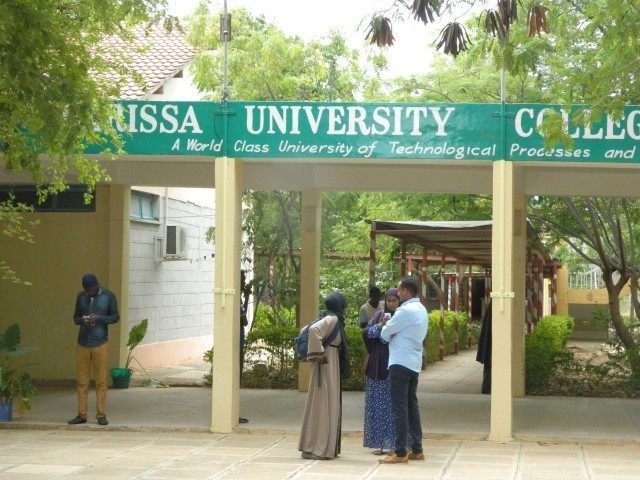Kenya’s Garissa University officially re-opened on Monday, nine months after al-Shabaab terrorists stormed the campus, killing 148 people and deliberately targeting Christian students.
In a solemn ceremony, the principal of the university, Ahmed Warfa, noted that professors and other staff were called back to campus following the implementation of a series of new safety measures, including armed security on campus. On January 11, the school would open to sixty students whose educations were halted by the attack and, rather than transfer to another college, stayed in the area and took on local office work. “I wish I was armed and trained on use of firearm that night. I would have fought with the attackers and at least saved some of my students,” Warfa lamented to reporters.
Kenya’s The Standard notes that “security was extremely tight in and around the university, with armed security officers and private security thoroughly frisking all those going into the campus during the ceremony.” Also planned for security reasons is a CCTV system within the campus and a full wall surrounding the school’s buildings.
Officials had informed staff of the university on December 15 that they were working to reopen the college as quickly as possible, and nearby Moi University, which took in many of Garissa’s students in the aftermath of the massacre, had approved the reopening of the school. None of the students who continued their education at Moi University will return to Garissa.
Speaking to Deutsche Welle, Kenyan political analyst Brian Singono Wanyama notes that the return of staff to Garissa will require mental health professionals for those who experienced the attack and are returning. “There is also a need to put in measures for the staff who were traumatized during the massacre,” he noted, while adding that, to the Kenyan government, reopening the school is a must. “For the government, the reopening of Garissa University is a show of confidence on security issues. It allows the government to send out a message to al-Shabab. Closing the university completely would have been an acknowledgement of being defeated by a terror group,” he argued.
Garissa University shut down on April 2, 2015, when terrorists affiliated with the Somali jihadist group al-Shabaab raided the campus, systematically scouring the campus for 11 hours for students hiding in classrooms and dormitories. Upon finding students and staff, the terrorists forced them to recite Koranic verses or be executed on the spot. Those who openly declared themselves Christians were immediately killed. Many were wounded running away from gunfire. 148 were killed.
While the Kenyan government arrested a prominent Islamic cleric and issued assurances that it would catch the perpetrators of the attack, a high number of survivors stated in the aftermath that they would never return to Garissa University. “I am not going back to Garissa; I’d rather stay at home without any degree than go back to that place of death,” survivor lfred Mang’oli Walubengo said then. Peninah Amweno and Nelphas Maruti, two other survivors who watched the terrorists hatchet their colleagues to death for not being able to recite the Koran, told The Standard they would now dedicate their lives to farming.
A year later, the survivors of the attack continue to live with their wounds. Rachael Munjiru Gikonyo, a former Garissa student, remains hospitalized today, having been shot in multiple parts of her spine and losing her ability to walk. Her mother died this week, reportedly after becoming clinically depressed in the aftermath of the massacre. As the family spent most of its money traveling to Nairobi to visit their daughter in the hospital, they cannot afford to bury her mother and are accepting donations. They also hope for help to send Gikonyo to India for specialized treatment.
Al-Shabaab remains a major threat to Kenyan civilians, though a much less organized one than during the attack in April. Traditionally an ally of al-Qaeda, the rival Islamic State terrorist group has been courting al-Shabaab for months, even using its African affiliate, Boko Haram, to send a message to al-Shabaab to join their jihad.
The pleas have only worked in part. In November, a rebel wing of al-Shabaab released a video pledging allegiance to Islamic State “caliph” Abu Bakr al-Baghdadi. This week, a high-ranking al-Shabaab leader, Mohamed Kuno (aka Gamadhere), pledged allegiance to al-Baghdadi. Gamadhere is believed to have been the mastermind behind the Garissa attack. He brings with him about 1,200 jihadists based in Somalia.

COMMENTS
Please let us know if you're having issues with commenting.